|
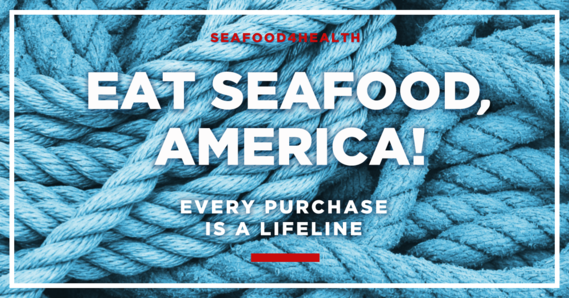
Did you know the U.S. is one of the world's biggest suppliers of seafood? Our National Seafood Inspection Lab plays an important role in ensuring food safety and quality standards are met. Just one of the reasons you should Eat Seafood, America! Learn more about the lab and meet some of the experts who work there! |
|
Highlights
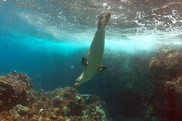
NOAA announces the award of $6.5 million in funding to states and tribes through its Species Recovery Grant Program. These grants promote the recovery of species listed as endangered or threatened under the Endangered Species Act.
|
|
|
Alaska
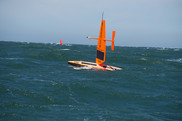
Scientists are capitalizing on existing technological capabilities and partnerships to collect fisheries data. This will help fill the information gap resulting from the cancellation of FY20 ship-based surveys due to the COVID-19 pandemic.
|
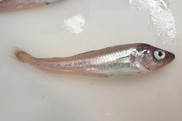
Scientists have developed a novel analytical method to learn more about critical relationships in the ocean. In particular, they are seeking to refine their understanding of how regional environmental and climate conditions affect juvenile fish survival.
|
|
|
West Coast
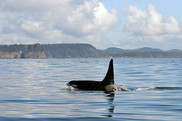
The Center for Whale Research reported in January 2020 that L41, also known as “Mega”, is missing from L-pod. That’s one of three family groups of the endangered Southern Resident Killer Whales. With population numbers for the Southern Residents so low, the loss of any individual from the population is troubling.
|
|
|
Pacific Islands

A map-making activity for youth takes students on a journey through the various habitats a Hawaiian bonefish inhabits throughout its life cycle. Habitats are homes. And for ‘ō‘io (Hawaiian bonefishes), home is somewhere new for each stage of their life cycle, from egg to adult.
|
|
|
Southeast
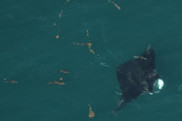
As cobia season gets underway in the Southeast U.S., NOAA Fisheries reached out to one of our best resources: our fishermen. We wanted to find out what they do or recommend to fish for cobia while protecting threatened giant manta rays.
|
|
|
Greater Atlantic
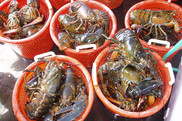
A new study projects that climate change will pose management challenges for two commercially important species—American lobster and sea scallop—as suitable habitats move farther north. Researchers have projected significant changes in the habitat of commercially important American lobster and sea scallops on the Northeast U.S. continental shelf.
|
|
|
|
|